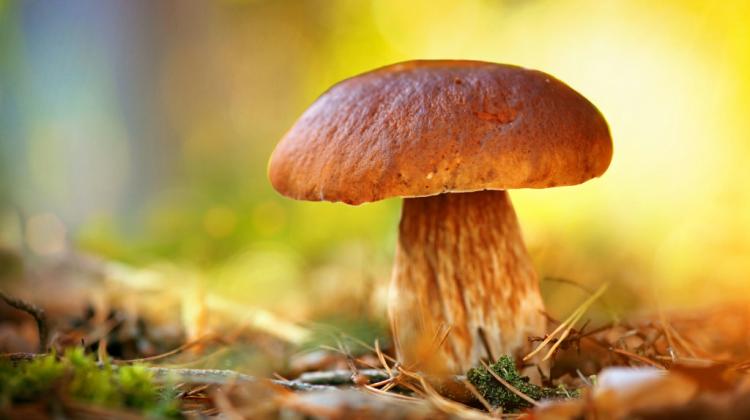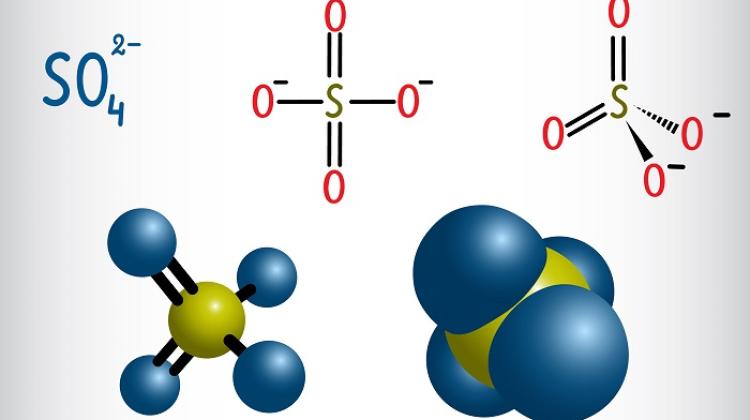What the fungus do plants need mycorrhiza for?
 Source: Fotolia
Source: Fotolia
Many plants use mycorrhiza and enter in cooperation with fungi. It is possible that fungi that connect with many plants are like Internet for plants - they act as an information transfer intermediary - said Jarosław Szczepanik from the Faculty of Biology, University of Warsaw.
Mycorrhiza is an example of a common symbiosis in nature - cooperation that benefits both partners. "For plants, mycorrhiza is a cheap investment in root system" - said Jarosław Szczepanik in a lecture at the Night of Biologists. He explained that through co-operation with a fungus, plant gets easier access to the mineral salts, water and other substrate substances necessary for life. "Mycorrhizal fungi also handle part of the synthesis of hormones necessary for plants" - he added. In exchange, plant offers products of photosynthesis, namely sugars.
Szczepanik explained that there are two types of mycorrhiza. The most common, arbuscular mycorrhiza, is used by more than 80 percent vascular plants. In this mycorrhiza, fungus penetrates into the plant roots. A little rarer is external mycorrhiza (ectomycorrhiza). It occurs when the fungus covers plant roots. The researcher explained that the mushrooms we pick in the forest - eg. porcini mushrooms, boletes, chanterelles - are often in this type of mycorrhiza with trees.
The researcher said that different plants use mycorrhiza in varying degrees. Heather plants - berries, blueberries, heathers are particularly dependent on this cooperation. But moss does not need fungi to live at all. Cruciferous vegetables (including thale, favourite model plant of scientists) also cope quite well without the cooperation with fungi.
Fascinating, but still not fully explored phenomenon related to co-operation of plants and fungi is mycorrhizal network. Dr. Szczepanik said that an unusual image of mycorrhiza emerges when you look at these dependencies from a distance - from the perspective of the entire ecosystem, for example a meadow or forest. "It turns out that in such a system, generally each participant is connected all others. There are fungi which connect to a number of different plants, but there can be plants which are linked to several different species of fungi" - told the researcher. He admitted that the plants together with fungi form a network. And this network that can be studied like other networks - for example the Internet.
Researchers began to wonder if the mycelium can, for example, serve as communication cables for plants - can plant send any materials or information through it. It is difficult to investigate, but not impossible. An experiment should to rule out other potential pathways of communication between plants (for example that information is transmitted through the air or the soil). In the experiment, one of the plants was infested with aphids. It turned out that the plants connected to the infected plant only through the mycelium, responded slightly faster and better to potential threat. This means that some of the signal substances must pass from plant to plant through fungi.
Szczepanik acknowledged, however, that mycorrhizal networks still hide many secrets.
PAP - Science and Scholarship in Poland
lt/ mki/ mrt/
tr. RL
Przed dodaniem komentarza prosimy o zapoznanie z Regulaminem forum serwisu Nauka w Polsce.


















